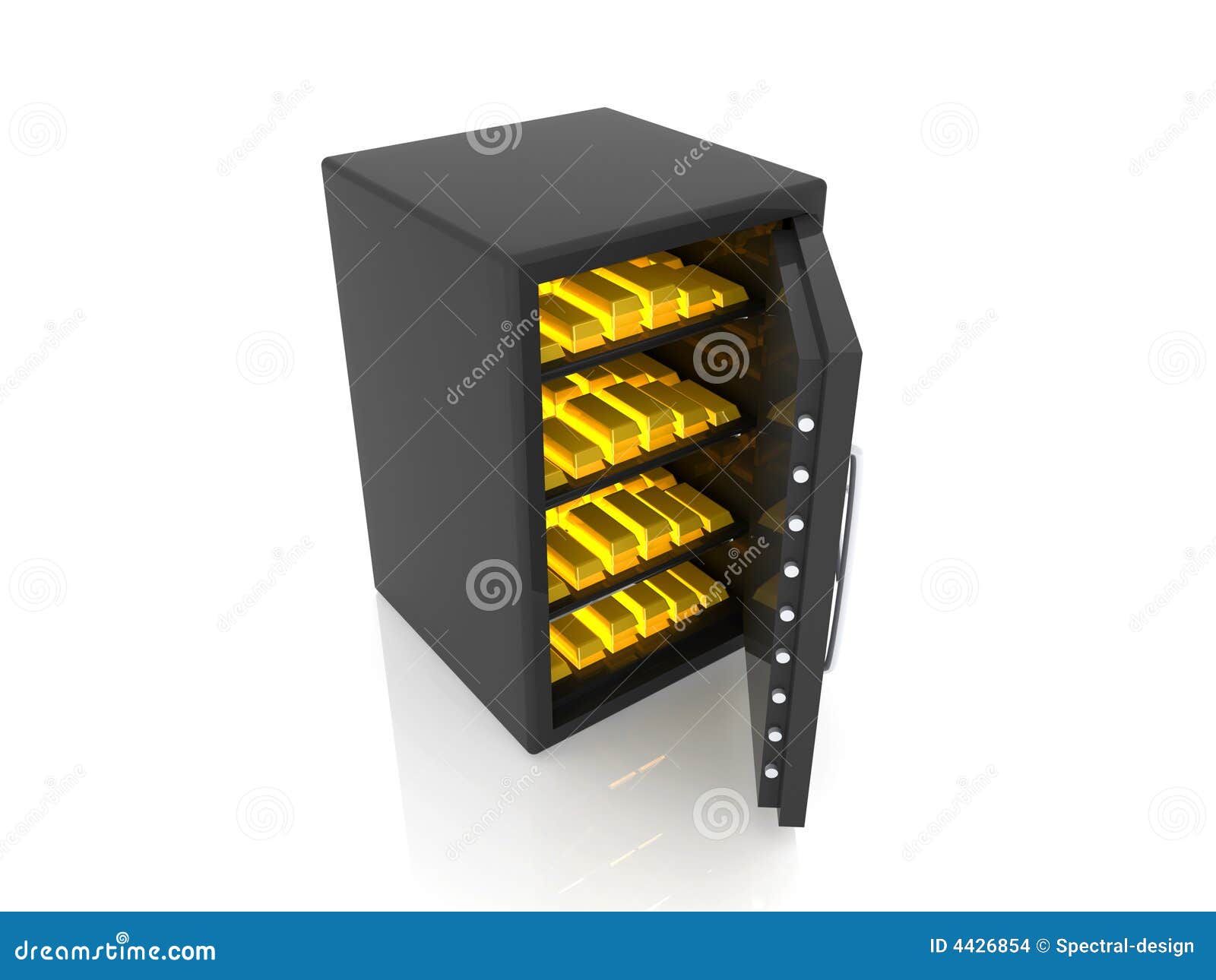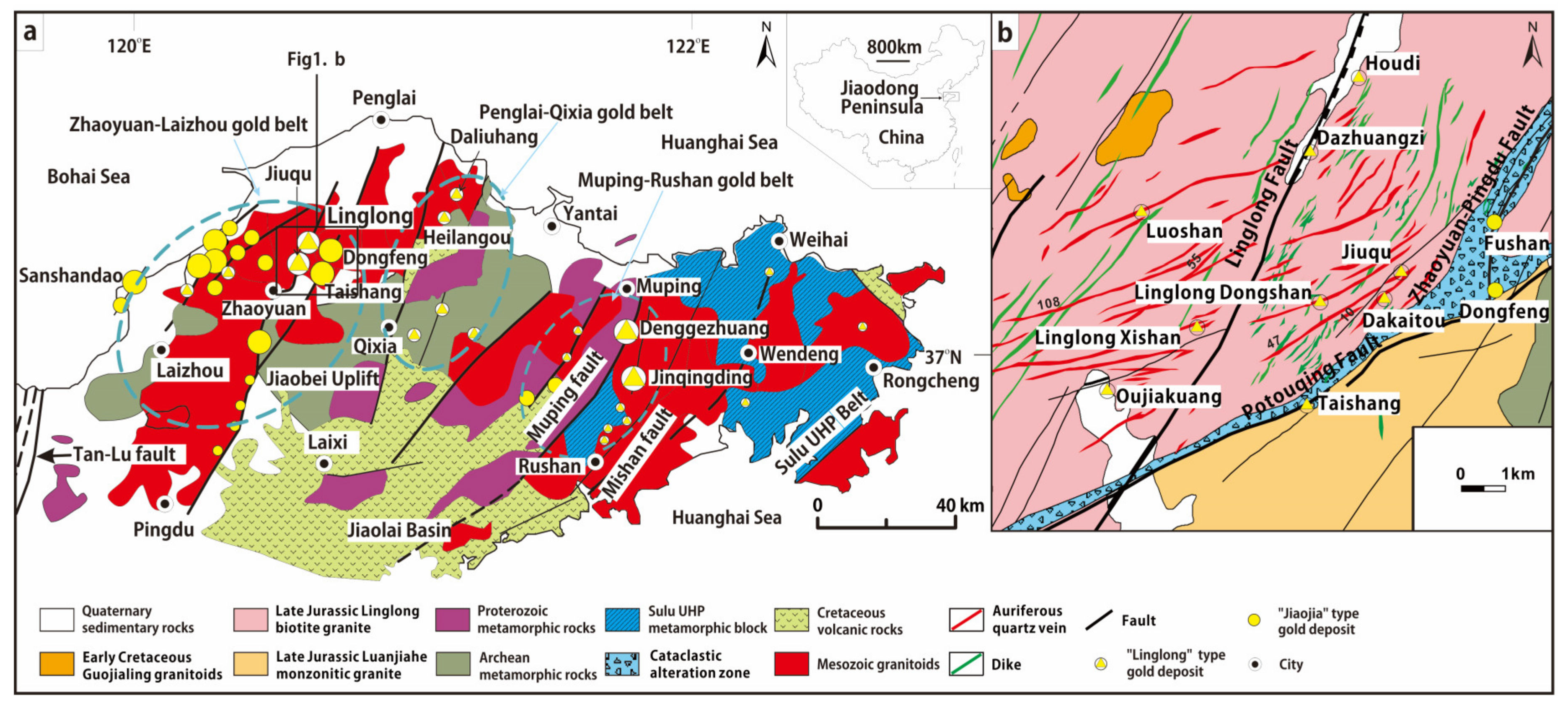Gold Deposit
Epithermal gold deposits are among the richest gold deposits in the world with some bonanza grade ore shoots containing more than 1000 g/t gold, or in other words, a kilogram of gold for every tonne of rock mined. Unfortunately, the tonnage of ore in epithermal veins is typically small compared with other types of lower grade gold deposits.
Gold mineralization within epithermal veins can occur over vertical intervals of a few hundred metres, vein thicknesses of 1-2 metres and lengths of up to several hundred metres. Epithermal deposits are typically high grade, small tonnage and relatively shallow deposits. They are best mined by underground narrow vein methods.
There are two main types of epithermal gold deposits; low and high sulphidation.
Low Sulphide Deposits
When ground water comes into contact with hot molten rock deep under volcanoes, silicate minerals within the rock are dissolved along with metals including gold, silver, arsenic, cadmium, lead, zinc, antimony and mercury. Large kilometre-scale circulation cells are set up by the movement of these heated ground waters, which are also known as hydrothermal fluids. These fluids move through cracks, joints and faults in the rock. As the fluids rise towards the surface, they cool with the precipitation of mainly quartz, some calcite and adularia, which is a type of potassium feldspar. Within the quartz veins are found concentrations of the metals being carried in the super-heated ground water.
High Sulphide DepositS
As the name suggests, high sulphide deposits tend to be more sulphide-rich; containing pyrite (iron sulphide), enargite (copper-arsenic sulphide) as well as gold and silver. They appear to be genetically and spatially linked to deep seated porphyry copper-gold deposits High sulphide deposits are formed in a similar manner to low sulphide deposits, just at a greater depth with a more direct link to the underlying magma.

Historically epithermal gold has been mined by underground techniques as miners followed the narrow, twisting veins from the surface outcrops far underground. Modern mining techniques, mean that today most epithermal deposits are mined using open-cut pit techniques.
Gold deposits are formed by a wide range of geological processes, and according to the US Geological Survey, generally fall into two categories: lode deposits and placer deposits. Gold can be found. Focus on gold mining, reinforces the fact that there is a wide diversity in gold deposit types. There is a need to summarize such information and, more importantly, to attempt to synthesize it into a coherent classifica-tion of gold deposits. The purpose of this paper therefore is to present a. New Theory Suggests Gold Deposits Were Formed as a Result of Earthquakes A new theory based on a simple but viable geologic model claims that over 80 percent of all commercial gold deposits were formed in a flash. Bounty Hunter Metal Detector. Gold is a raw material found in Shale and Sandstone Outcrops. It is a highly conductive metal that is used in electronics and computer manufacturing. Gold can also be found as a large resource deposit. Said large deposits are especially plentiful in the Jellyshroom Caves and Lost River. The Gold Deposit Receipts may be sold only to purchasers purchasing, or deemed to be purchasing, as principal that are accredited investors, as defined in National Instrument 45-106 Prospectus Exemptions or Subsection 73.3(1) of the Securities Act (Ontario), and are permitted clients, as defined in National Instrument 31-103 Registration.


Gold Deposits Map
The Toodoggone River camp and Queen Charlotte Islands provide excellent examples of Epithermal gold deposits.
Queen Charlottes Gold Rush, 1850
Gold was first formally discovered by non-indigenous people at Gold Harbour on the west coast of MoresbyIsland in the Queen Charlotte Islands, near the Haida village of Tasu on Mitchell Inlet, an arm of Gold Harbour. A brief gold rush – the Queen Charlotte Gold Rush – ensued in the following year, leading to the declaration of the Colony of the Queen Charlotte Islands to prevent the archipelago from being overrun by Americans and so claimed by the United States.

Gold Deposits Ky
The extent of the ore body proved superficial, and there are various stories of American prospecting parties harassed by the Haida people, who were still very numerous and powerful. In later times, Gold Harbour and Mitchell Inlet became the location of a modern mining operation, also called Tasoo or Tasu, but for iron rather than gold.
In 1969, a local logger, Efrem Specogna and his brother-in-law, John Trinco made the initial gold discovery of the Specogna (Babe) Gold deposit west of Port Clemens on Graham Island. By 1979, a 2 million ounce gold deposit was defined by exploratory drilling by major mining companies, Cominco, Kennco Explorations (a subsidiary of Kennecott) and Quintana Minerals. A junior exploration company continued drilling the project and a gold rush ensued from 1979-1981. The Specogna gold deposit remains an un-mined deposit with over 3 million ounces of gold and is categorized as an Epithermal type gold deposit.